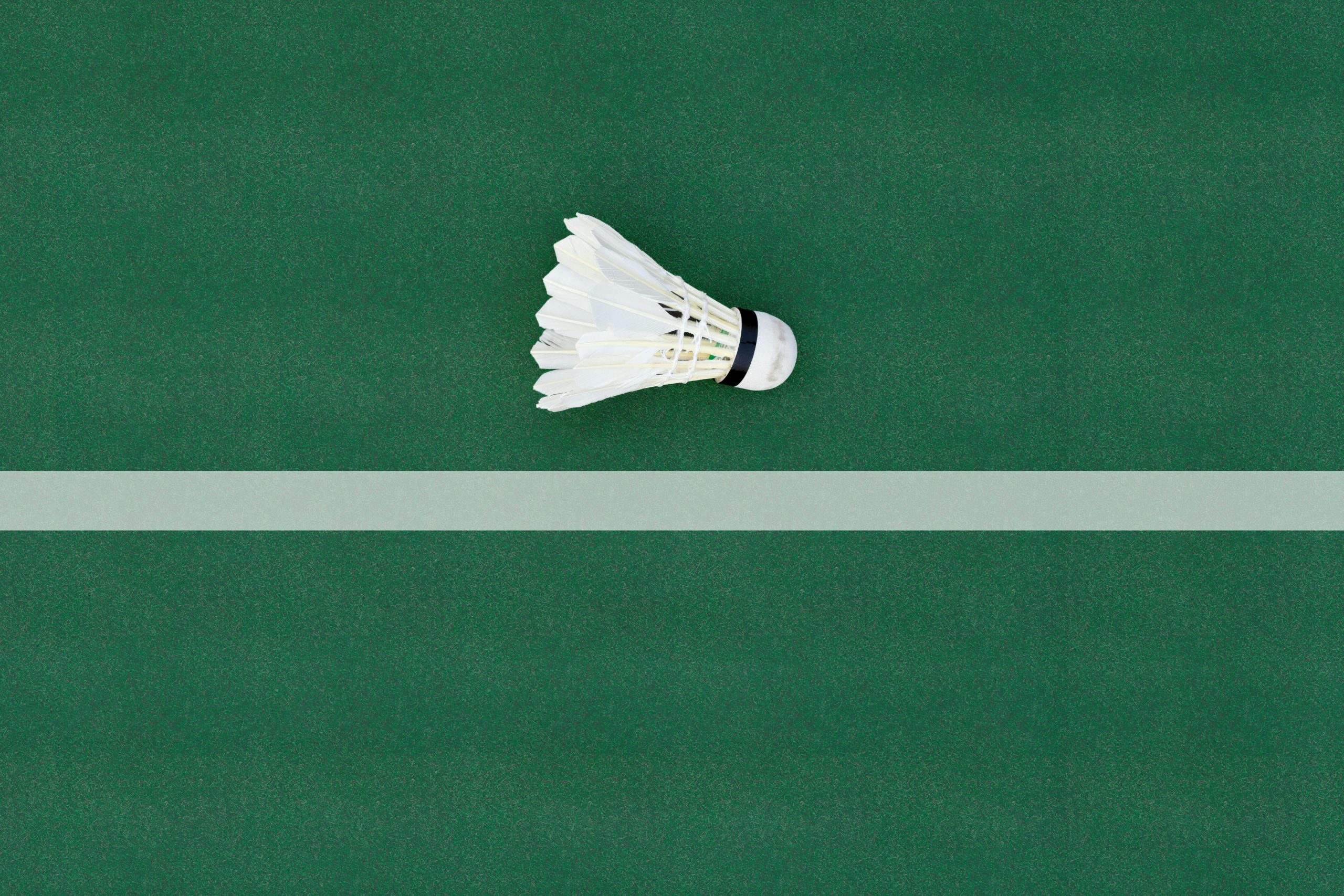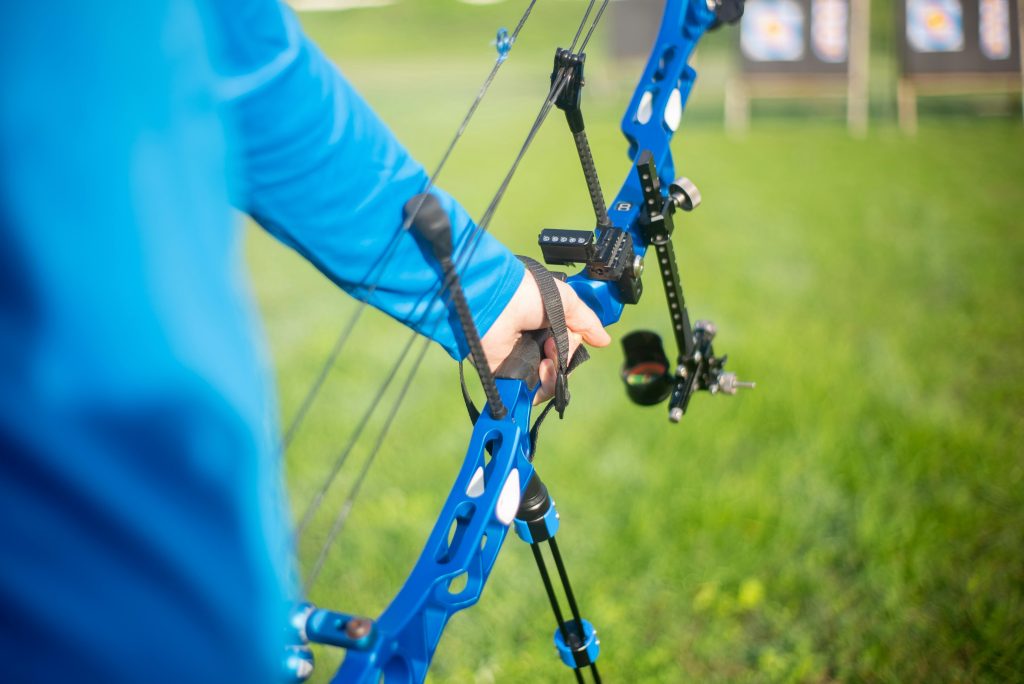Have you ever stared at your dog during a training session and thought, “Why won’t they just *do what I want them to*?” Yeah, us too. Target training may seem like a simple concept—teach your pet to touch a specific object or area—but when it comes to competitions, it can make or break your performance. Whether you’re gearing up for agility trials, obedience championships, or even freestyle dancing events, target training is the secret sauce to creating precision and consistency.
In this guide, we’ll walk you through everything you need to know about target training for competitions. You’ll learn why it’s important, how to execute it step by step, some pro-level tips, and real-world examples. Consider this your all-in-one toolkit for turning your competitive pup into a superstar!
Table of Contents
- Key Takeaways
- Why Target Training Matters in Competitive Settings
- Step-by-Step Guide to Mastering Target Training
- Pro Tips for Perfecting Your Technique
- Success Stories from Real Competitors
- Frequently Asked Questions About Target Training
Key Takeaways
- Target training helps pets focus on commands with pinpoint accuracy in high-pressure environments.
- The process involves using clear visual cues, positive reinforcement, and consistent practice.
- It’s not just about pointing—target training builds trust and strengthens the bond between handler and animal.
- Start early and stay patient; rushing can lead to confusion and setbacks.
Why Target Training Matters in Competitive Settings

Picture this: It’s day one of the national agility championship. The crowd is cheering, the timer starts ticking—and suddenly, Fido freezes. He has no clue where to go next because his usual backyard distractions are replaced with glaring stadium lights and echoing cheers. Enter target training—a lifesaver that keeps dogs grounded in chaos.
Target training essentially teaches your pet to associate specific actions with particular objects or areas. For example, teaching them to place their paw on a mat signals “stay” or guiding them to touch a stick means “move forward.” These micro-actions add up in competition settings, helping handlers direct their animals’ movements seamlessly.
I once made the rookie mistake of bringing my dog to a trial without practicing target training properly (*shout-out to every regretful owner out there*). My poor pup was overwhelmed and spent half the event looking lost. Lesson learned? Skipping foundational skills = disaster.
Step-by-Step Guide to Mastering Target Training

Now let’s dive into the nitty-gritty. Ready to get started? Here’s a structured approach to mastering target training:
Step 1: Choose Your Target Tool
Select something easy for your pet to interact with—like a sticky note, a clicker stick, or a small disc. Keep it lightweight and portable.
Step 2: Introduce the Concept
Show your pet the tool and reward them immediately after they show interest (even if it’s just sniffing). Repeat this several times until curiosity turns into interaction.
Step 3: Add Directional Cues
Combine verbal commands like “touch” with physical gestures directing them toward the target. Reinforce correct behavior with treats.
Step 4: Practice Precision
Gradually increase the distance between your pet and the target. Start close, then move farther away as they improve.
Step 5: Build Up to Competition Scenarios
Simulate competition conditions by adding noise, crowds, or timed challenges. Use mock setups to help your pet adapt.
Optimist You: “Follow these tips, and you’ll ace it!”
Grumpy You: “Ugh, fine—but only if coffee’s involved.”
Pro Tips for Perfecting Your Technique

Here are some golden nuggets to ensure success:
- Celebrate Small Wins: Progress isn’t linear—reward incremental improvements.
- Vary Rewards: Mix up treats with toys or praise to keep things interesting.
- Avoid Overtraining: Short sessions win over marathon practices. Fatigue leads to frustration.
- Maintain Consistency: Stick to the same cues and routines to avoid confusing your pet.
- Rant Alert: Don’t be THAT person who relies solely on punishment—it erodes trust faster than you can say “sit.” 😤
Success Stories from Real Competitors
Lisa D., a seasoned competitor in canine agility, shares her story: “My border collie Max used to struggle with weave poles. Once I incorporated target training, he hit each pole perfectly every single time. Now he dominates the course!”
Another example comes from James T., a first-time participant in obedience trials. He admits, “I never realized how much control target training could give me until we nailed our routines flawlessly under judges’ eyes. Game changer!”
Frequently Asked Questions About Target Training
What Is the Best Age to Start Target Training?
You can begin as soon as your puppy shows interest in interacting with objects—typically around 8 weeks old. But remember, patience is key!
Can Older Dogs Learn Target Training Too?
Absolutely! While younger pups might pick it up quicker, older dogs have maturity on their side. Just adjust expectations accordingly.
Do I Need Special Equipment?
Nope! Anything durable and non-toxic works. A basic sticky note or handheld pointer will do wonders.
How Long Does It Take to See Results?
This depends on the individual dog. Some grasp it within days; others take weeks. Stay consistent, and results will follow.
Conclusion
Target training for competitions isn’t just another skill—it’s a game-changing strategy that sets top competitors apart. By following our step-by-step guide, adopting pro tips, and learning from relatable stories, you’ll transform your pet into a precision powerhouse. And hey, maybe someday you’ll laugh at the chaos of those first few tries… over celebratory cookies, naturally.
Like a Tamagotchi, your SEO needs daily care, and so does your dog’s training journey. So grab those snacks, set aside dedicated practice time, and watch your furry friend shine brighter than ever before.


